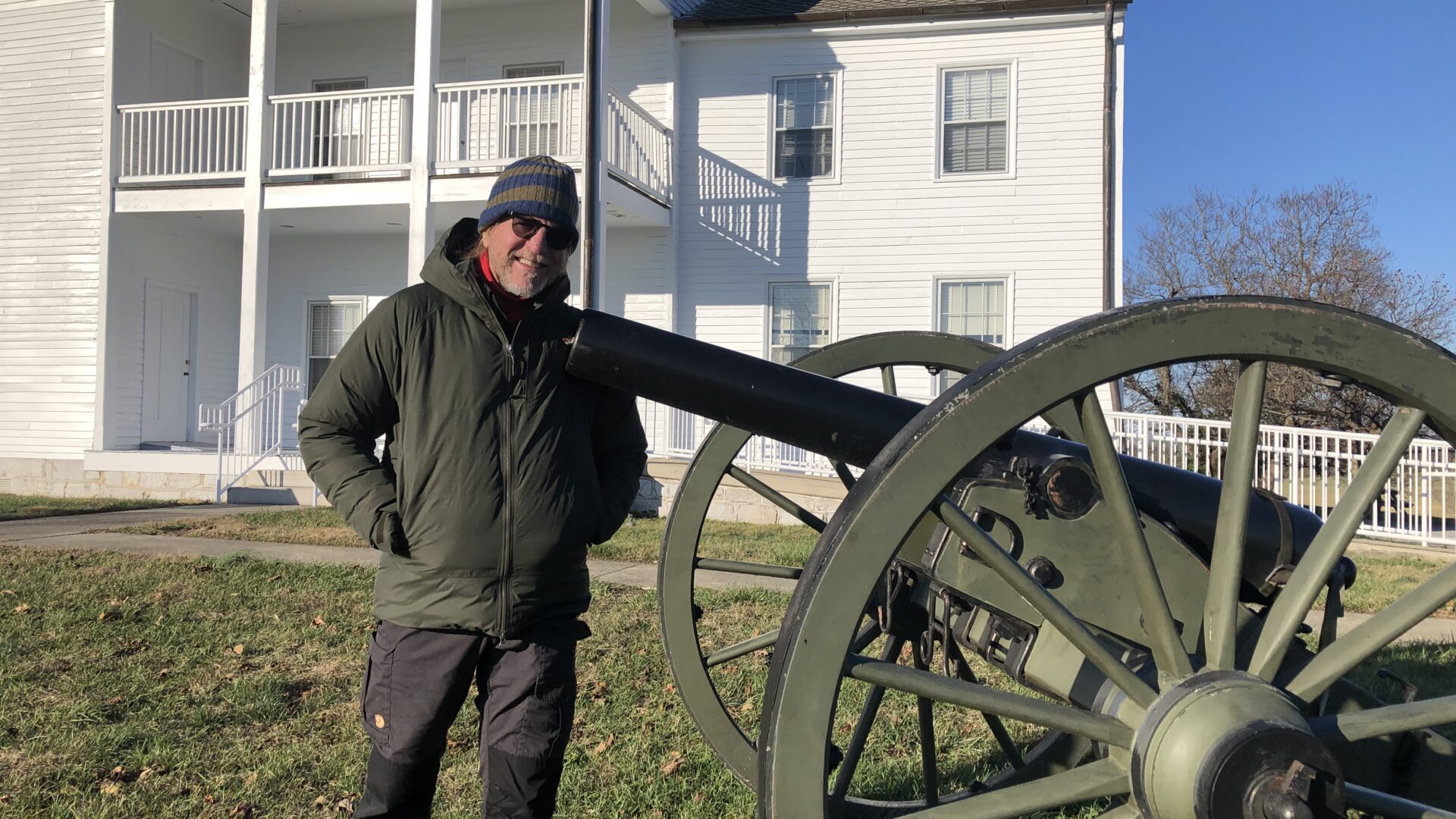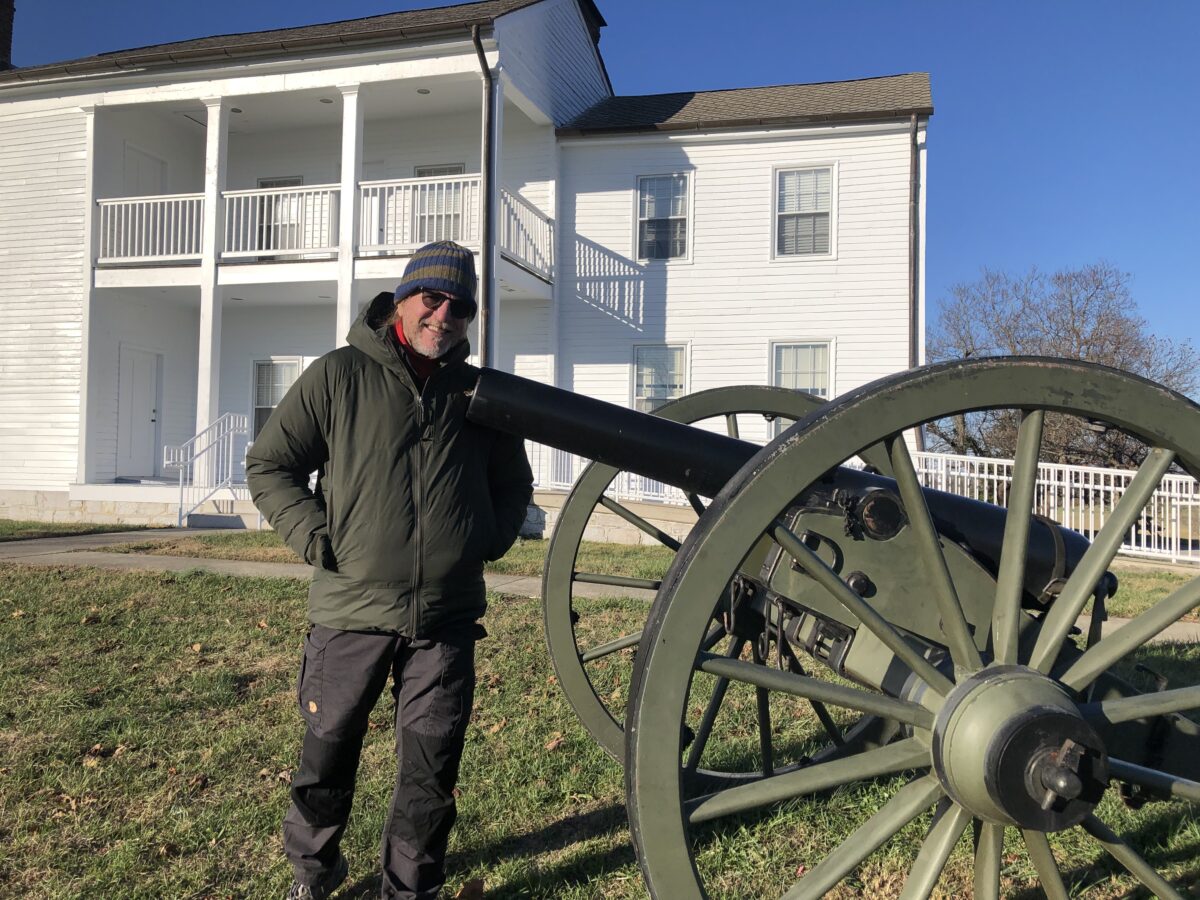Camp Nelson National Monument
Camp Nelson National Monument in Kentucky is one of the newer national park units, established in 2018. Camp Nelson was originally established as a supply depot for the Union Army, supporting incursions southward into Tennessee. It was located in a naturally defensible location, with steep banks down to the Kentucky River on one side and Hickman Creek on the other. The only fortifications needed were on the north side. Although none of these are still standing, you can make out some of the groundworks and the locations are marked with flags and signs.
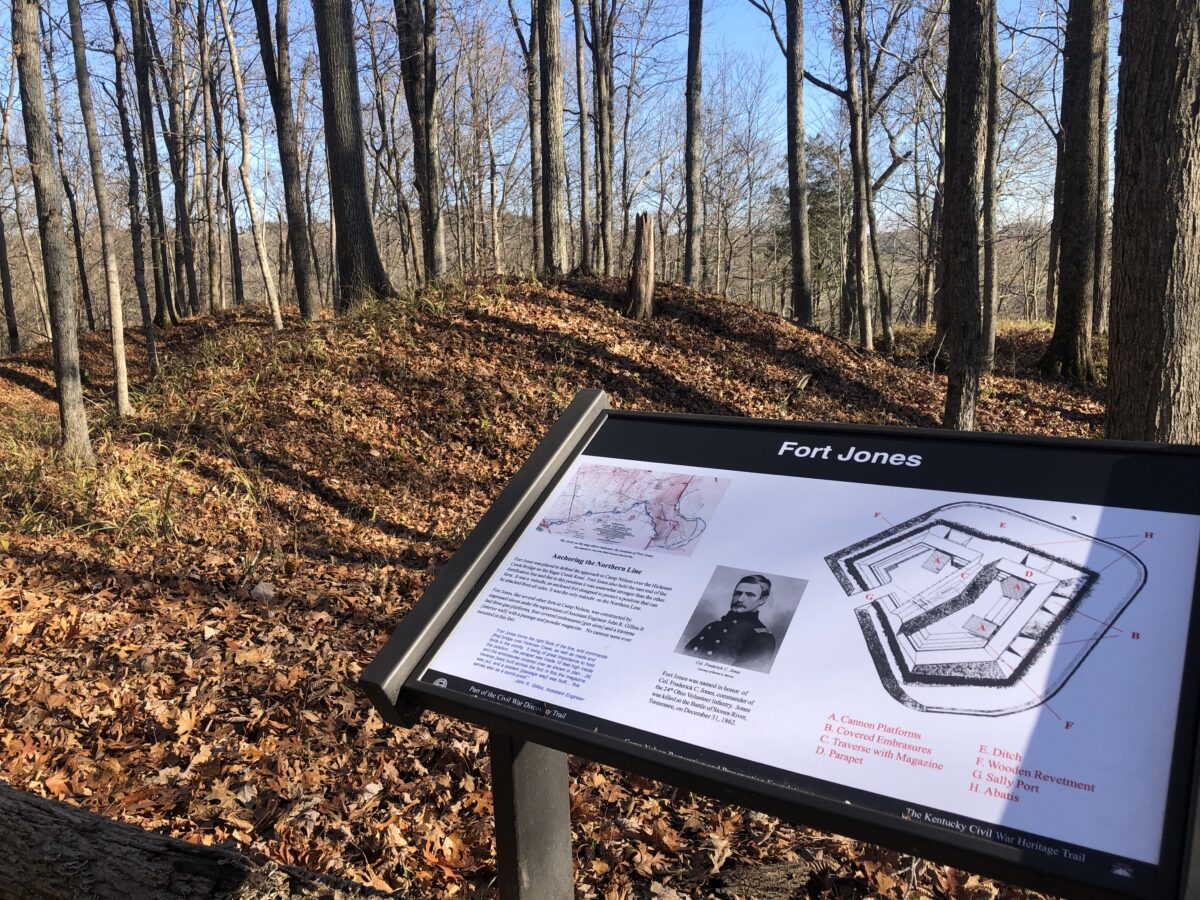
Only one fort, Fort Putnam, has been rebuilt.
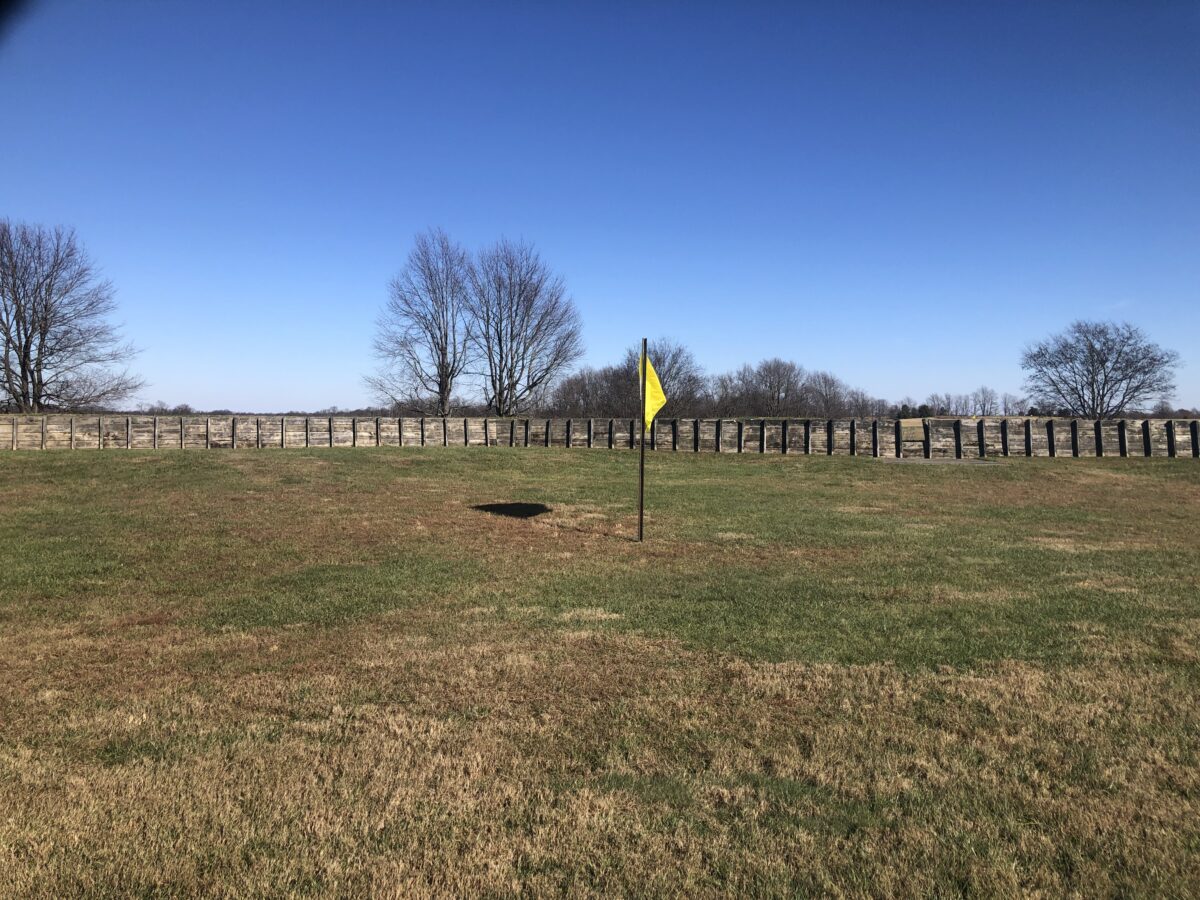
Supply Depot
The location of Camp Nelson was strategic because of its access to transportation, road and rail, and to one of the only bridges across the Kentucky River. This allowed them to easily move supplies to Union forces throughout the area. These supplies included food rations, clothes, shoes, blankets, tents, weapons and ammunition, plus horses, mules, wagons and ambulances. There are some really good exhibits of this in the visitor center.
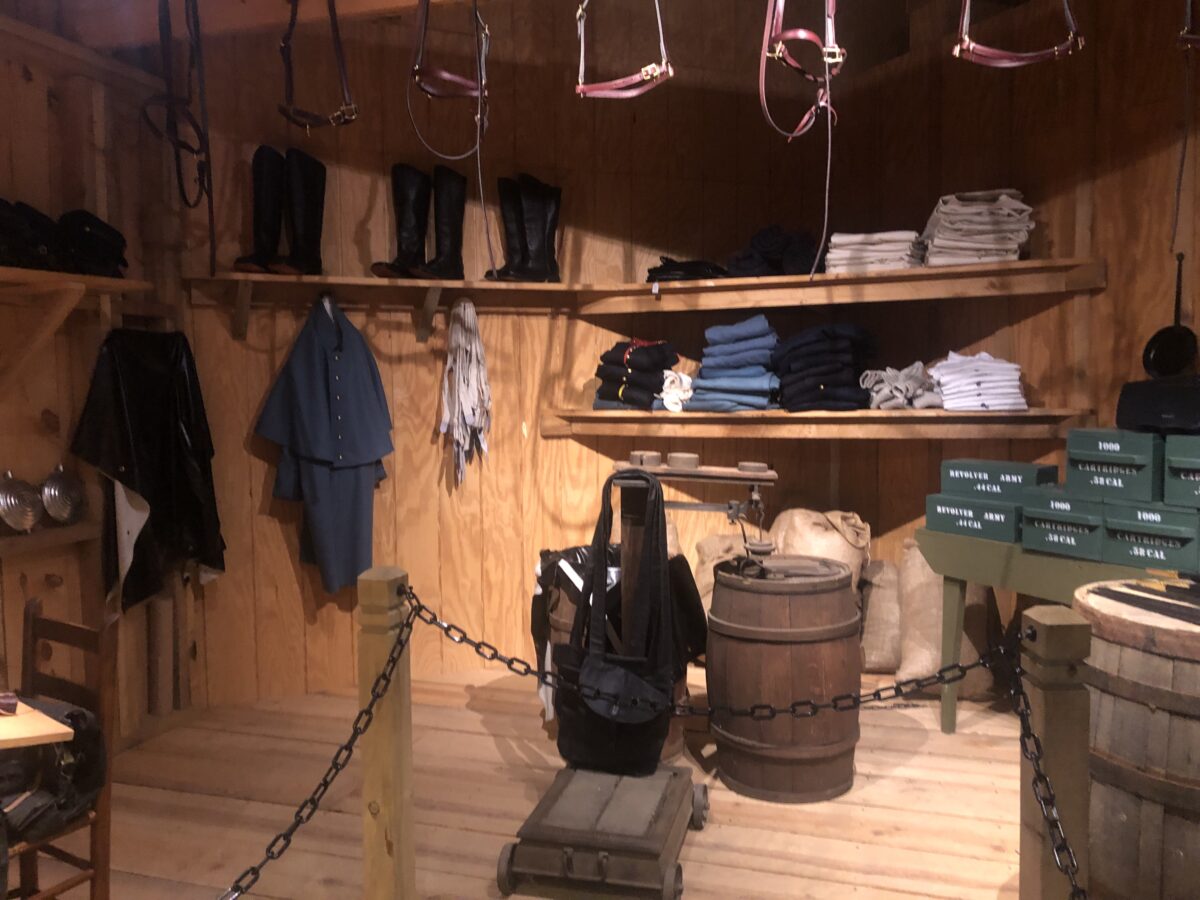
One of the things we thought was interesting was how Camp Nelson rehabilitated “unserviceable” horses and donkeys – animals that were tired and frightened from being on the front lines. They took in these animals and cared for them until they could be sent back to work. They tried to do the same with soldiers, building two large hospitals on site, but the quality of medical care was so poor at the time that many died from infection and disease.
Recruitment Center
Although Camp Nelson began as a supply depot, it also became one of the largest military recruitment locations in Kentucky. Because Kentucky did not join the confederacy, any escaping slave could not be considered “contraband” as described in the Confiscation Act of 1861. That made the military an option for blacks seeking freedom. Camp Nelson recruited more than 10,000 and established eight black regiments.
Also because of the fine line that the Union walked in Kentucky, a slave holding state that was not part of the Confederacy, Camp Nelson also ended up hiring some 3,000 “impressed” workers to do hard labor at the camp.
A factoid that was interesting to us was that Kentucky did not ratify the 13th amendment until 1976.
Refugee Camp
Refugees from the area came to Camp Nelson for protection – destitute when war stripped their land and livelihoods.
Many of the soldiers brought their families with them, as well as other black families hoping to escape slavery. Unlike soldiers, they were not eligible for emancipation, but the army allowed them to build shanty towns and put up tents, and worked with charities to feed and care for them.
But in the winter of 1864, the district commander of the army forced over 400 women and children out of the camp into freezing temperatures and torched their meagre homes. Over 100 died.
Public outcry led to a reversal of this policy and the authorization of a “Home for Colored Refugees” at Camp Nelson, comprised of small cottages, mess hall, barracks, school, teachers quarters and dormitory. It also led to Congress passing an act that freed the wives and children of slaves who enlisted in the US Colored Troops. The resulting influx brought over 3,000 to the Home, requiring the army to put up tents and other temporary housing.
Part of the national monument is an obelisk for Cemetary #1, memorializing the civilians and blacks who died at Camp Nelson.
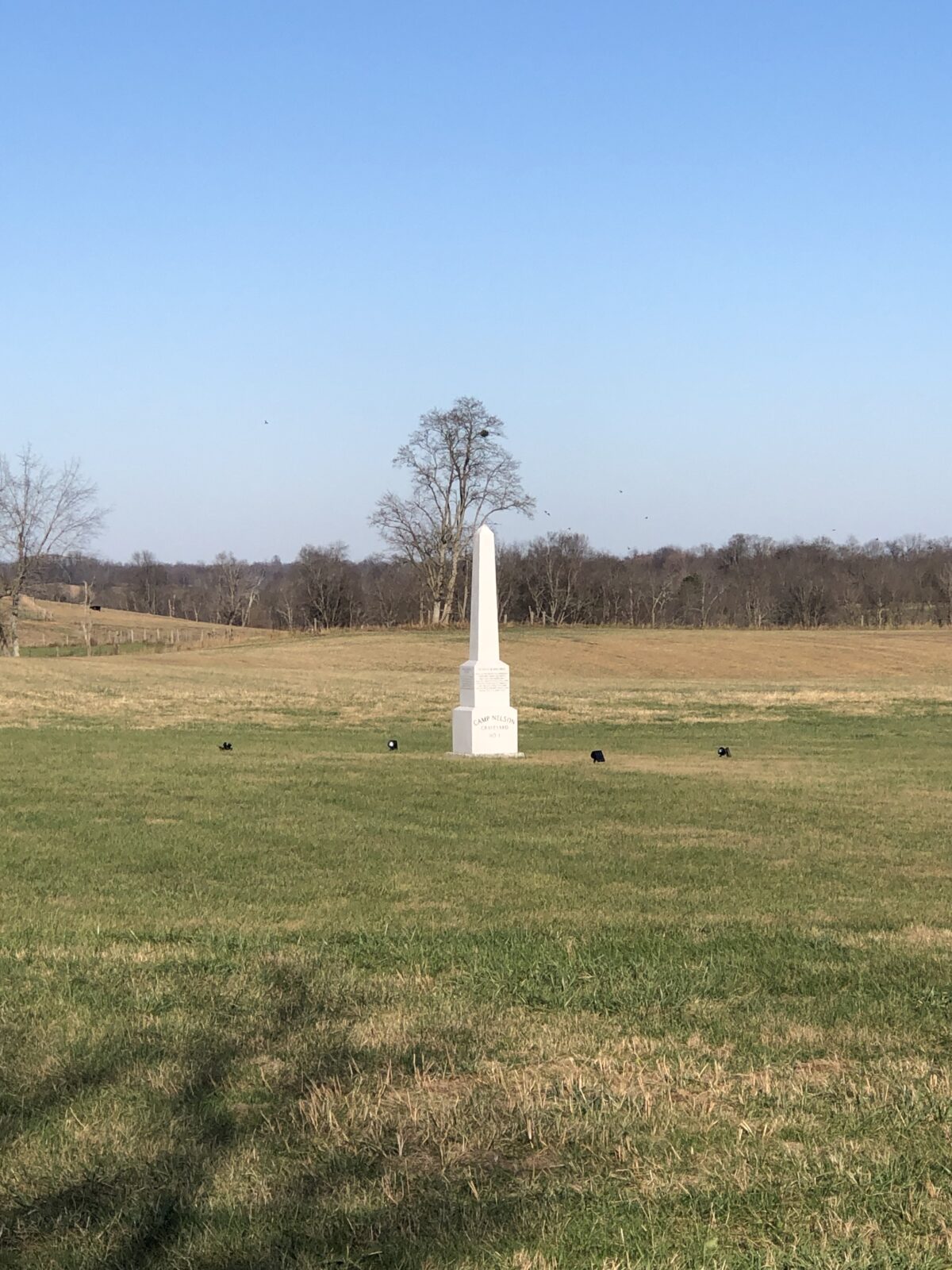
National Cemetery
Adjacent to the national monument is Camp Nelson National Cemetery created in June 1866 where over 2,400 Union dead are buried.
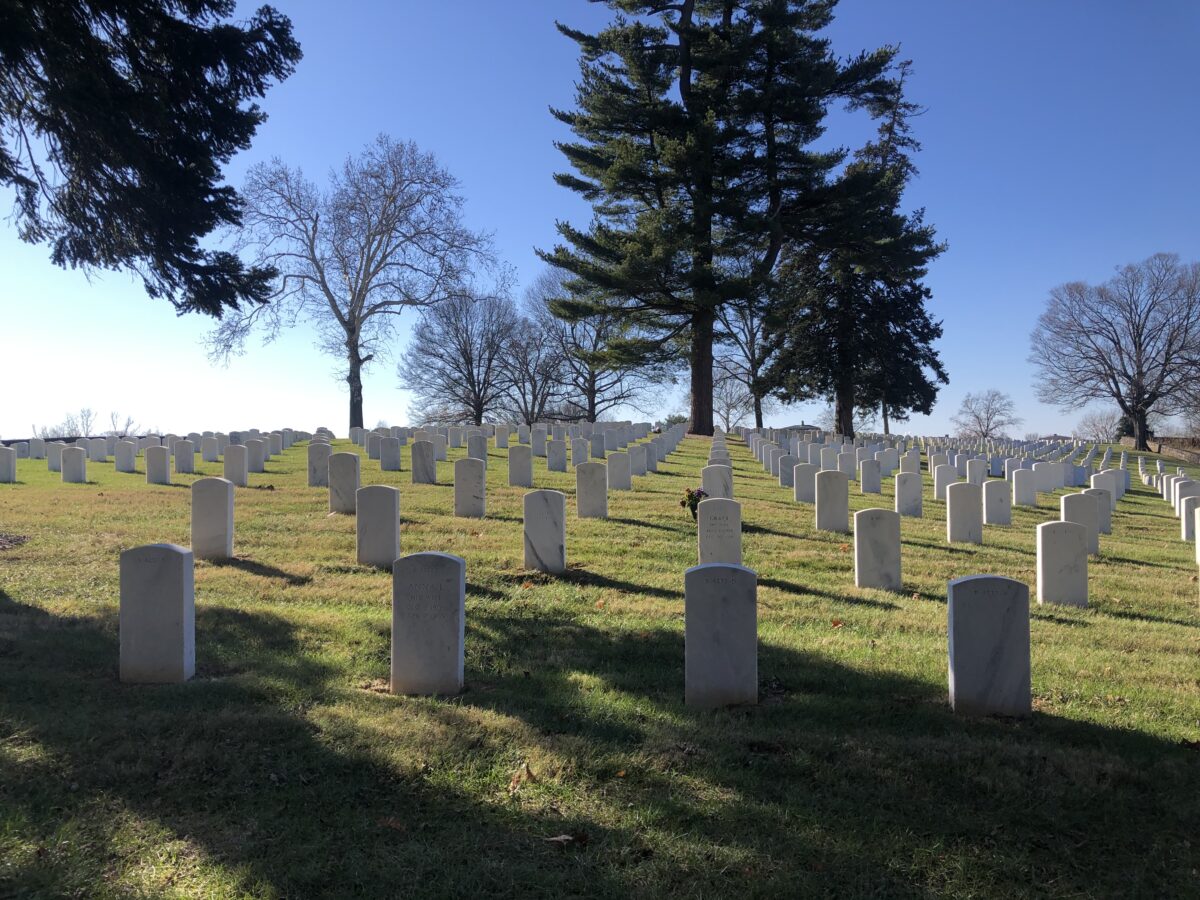
After the Civil War
When the Civil War ended, Camp Nelson became a center for freedom, providing ex-slaves with their emancipation papers. One of the barracks became a soldiers’s home. The land was never developed after the war for other military purposes. It was listed on the National Register of Historic Places and declared a National Landmark District in March 2013. It is also part of the National Underground Railroad Network to Freedom.
Things to Do at Camp Nelson
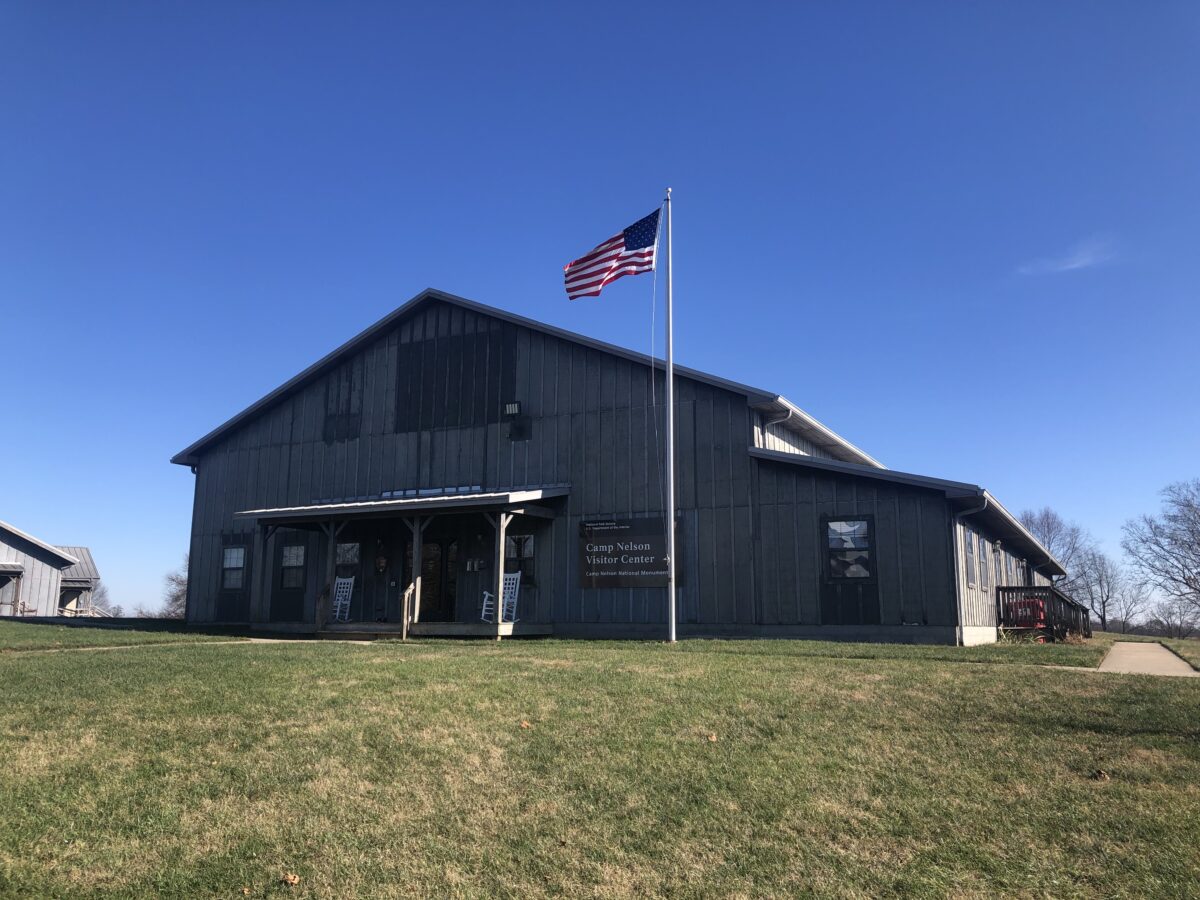
Only one original building still stands (the “White House”), plus a replica of the barracks, barn and rebuilt Fort Putnam. The visitor center has exhibits and a movie, and once-renovated, you will be able to once again visit the inside of the house.
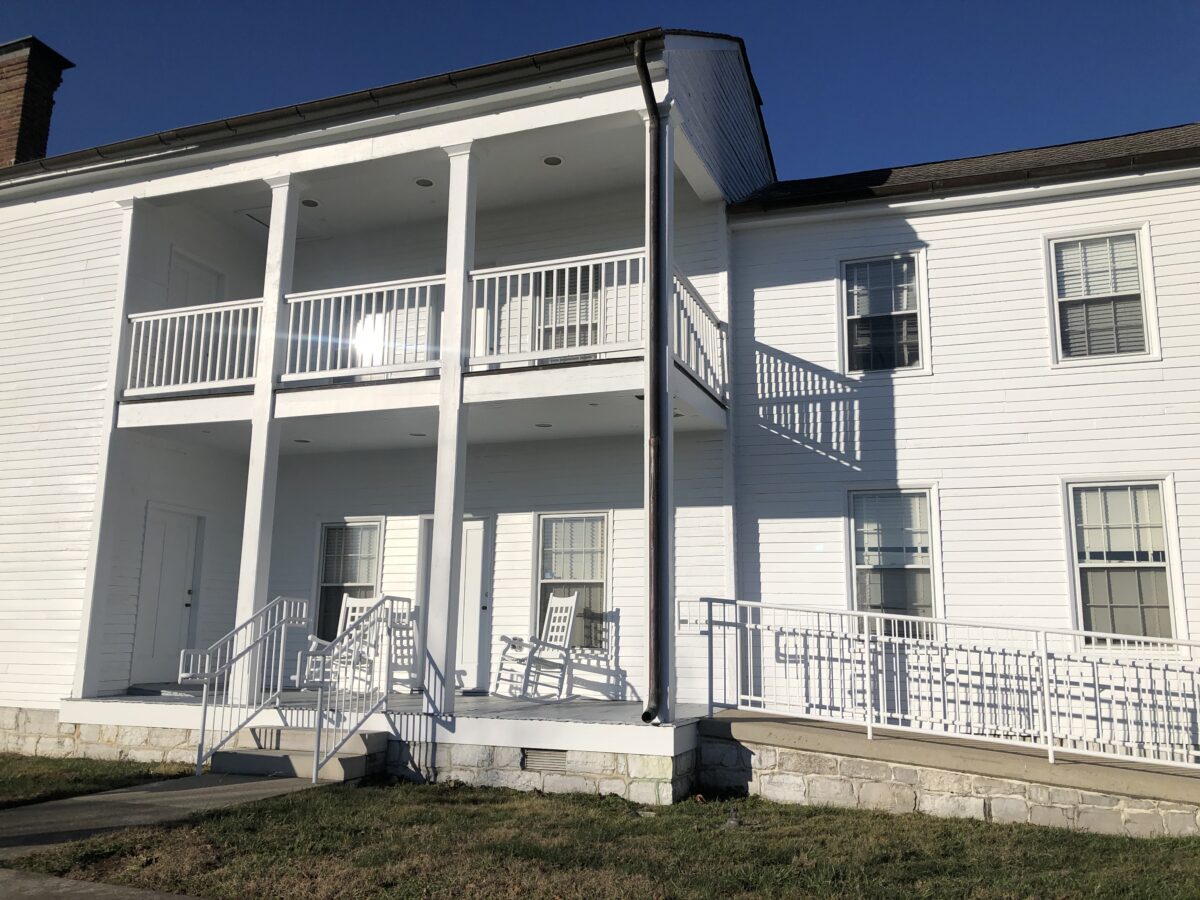
There are also over 4 miles of walking trails, along the northern border where the fortifications were.
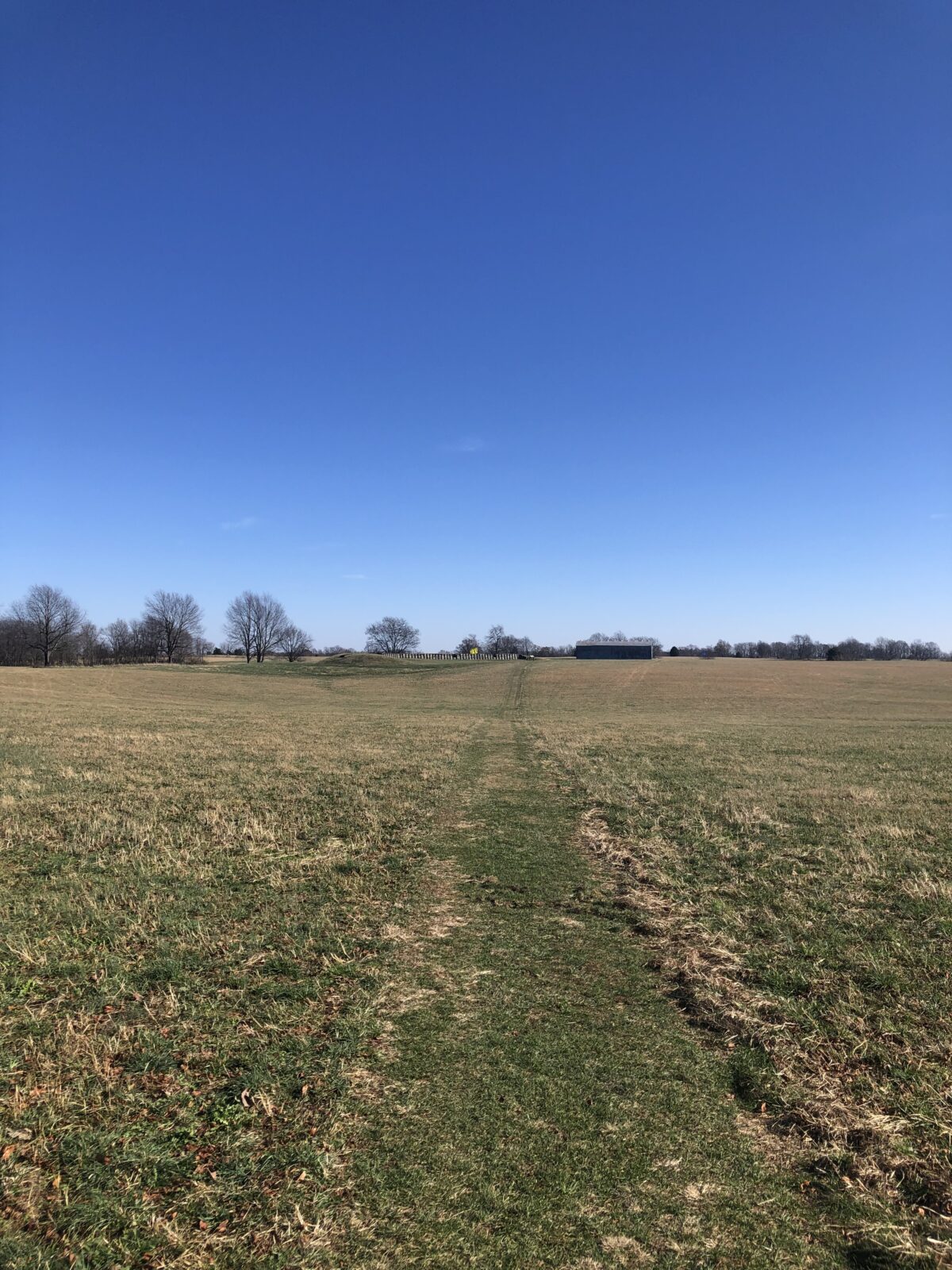
A longer trail leads into the wooded area along the creek. It is a lovely walk, with informational plaques along the way. Depending when you go, there may be re-enactors or activities sponsored by the national park service.
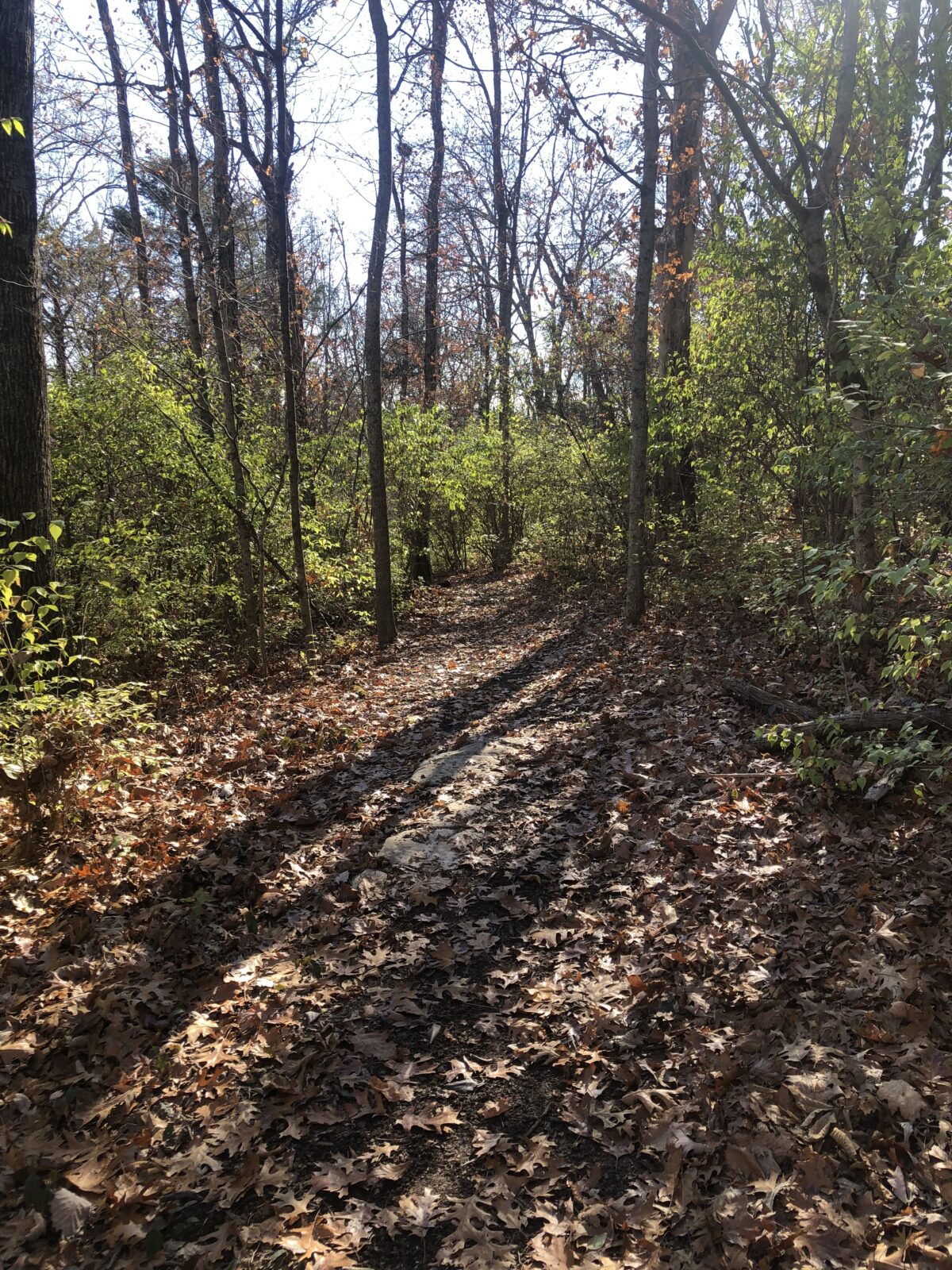
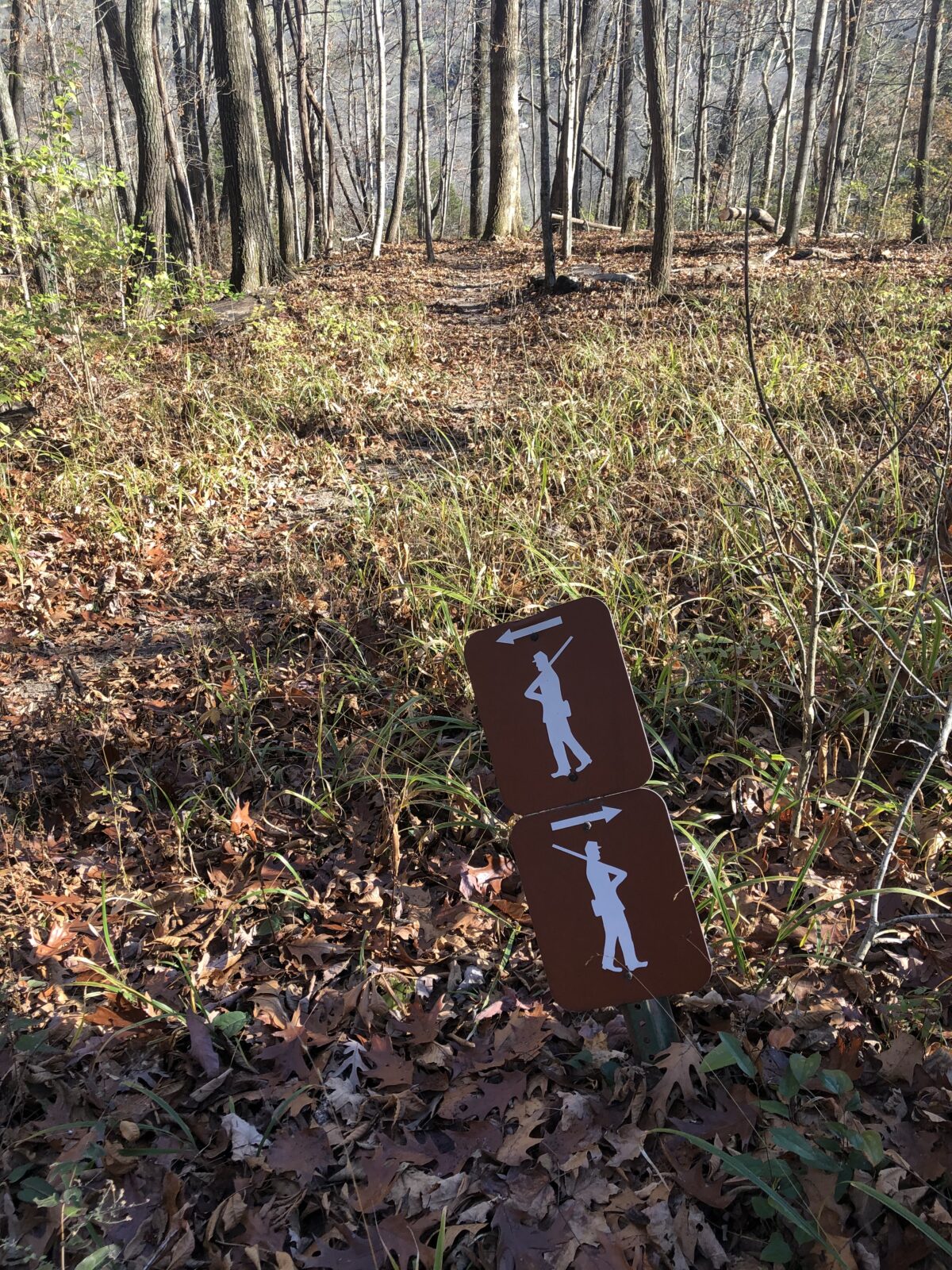
Are you trying to visit all the National Parks?
If your goal is to visit them, one or all, we’d love to help you strategize. Give us a call at (480) 609-3978 or drop us a note here. We always enjoy talking with people who share our passion for visiting National Parks, and National Park Units.
#FindYourPark
#SeeAmericaFirst
